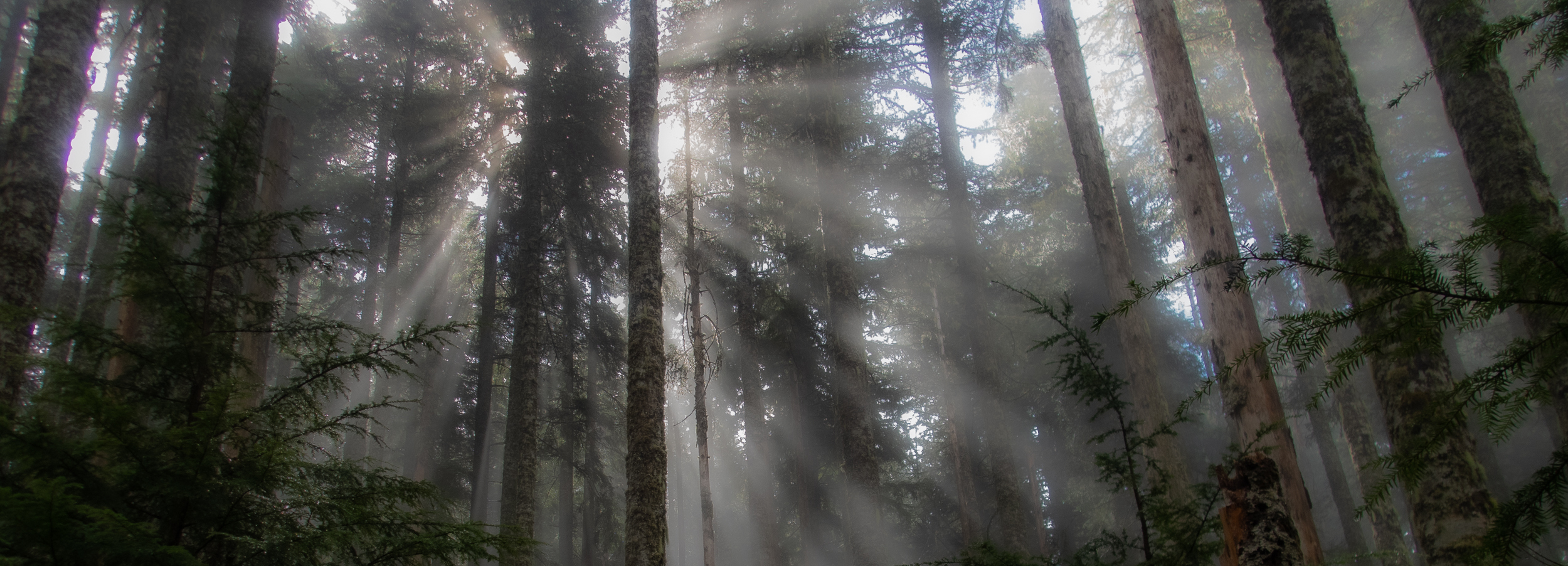and Dan Bell, land trust director
Over the holidays we received a wonderful note from a dedicated stewardship volunteer who had spent a sunny December day hiking with her two young granddaughters at Wahclella Falls. They enjoyed the splendid scenery but also talked about weightier issues like destructive wildfires, climate change, and invasive species—concepts that should be more obscure to children than they are in our current reality. She told her grandchildren about the extraordinary effort of Friends’ stewardship volunteers and how she volunteers to help the Gorge’s wildlife.
In the months after the 2017 Eagle Creek fire, land managers knew that seeds from invasive plants, particularly those brought in at trailheads, could quickly establish and crowd out native species and alter the ecology of the Gorge. Over the past two years, more than 1,000 volunteers have put in more than 4,000 hours to combat high-priority invasive plants. The work is substantial. Volunteers get dirty, work rain or shine, and believe in what they’re doing. They give back to the land so the Gorge can remain a special place for their grandchildren.
With the current trajectory of climate change, volunteers know it’s more important now than ever to make every action be impactful and to work together toward collective change.

Fortunately, we have a valuable new tool to help us focus our volunteer stewardship efforts.
The Nature Conservancy recently completed an assessment designed to identify areas that are crucial to conservation in the face of climate change. This project looked across the Pacific Northwest to identify areas with a high level of geodiversity—landscapes with a complex profile of soils, elevation, aspect, and bedrock that make them more likely to offer accommodating habitat to plants and animals that will be on the move in response as the climate changes. 
Friends has been using this data to sharpen our attention on geodiverse areas in the Gorge that will have lasting value for plants and animals. Places like Larch Mountain, the Eagle Creek basin, and Dog Mountain are key climate resilience anchors. And while removing invasive plants across the span of the Gorge is an enormous endeavor, this data is helping Friends ensure our ongoing stewardship efforts will provide long-term benefits for vegetation, wildlife, and our future.
Photo: Stewardship volunteers pulls invasive plants at Friends' Lyle Cherry Orchard land trust preserve, summer 2019 (Sara Woods).

